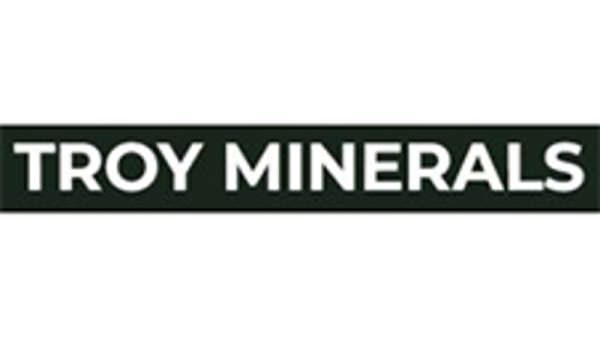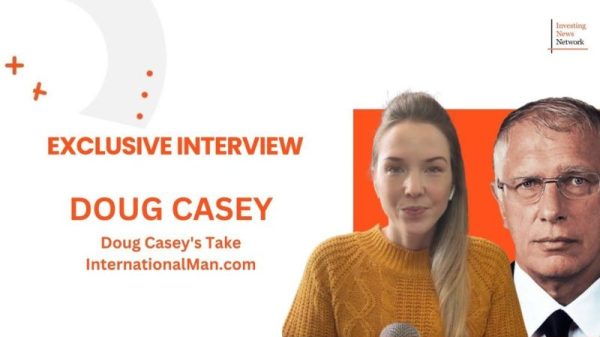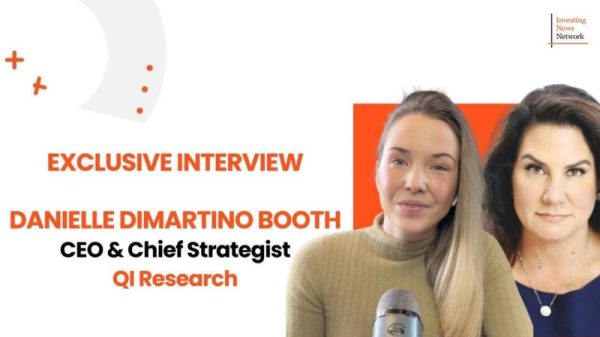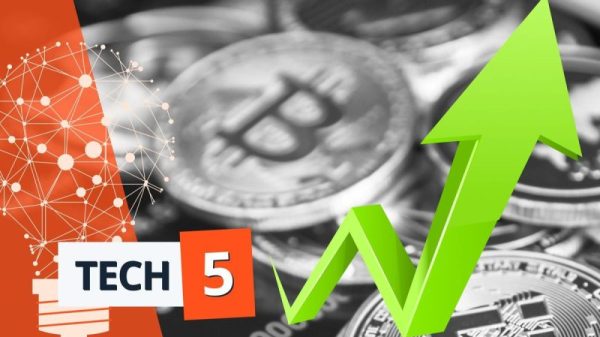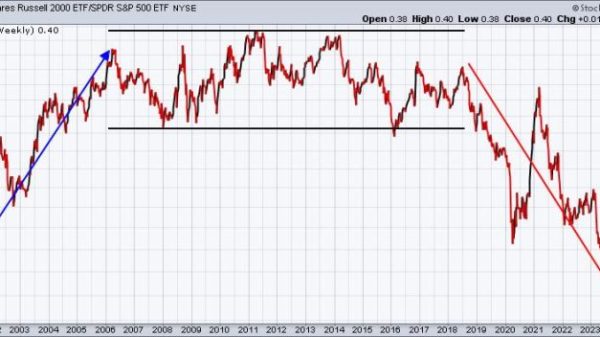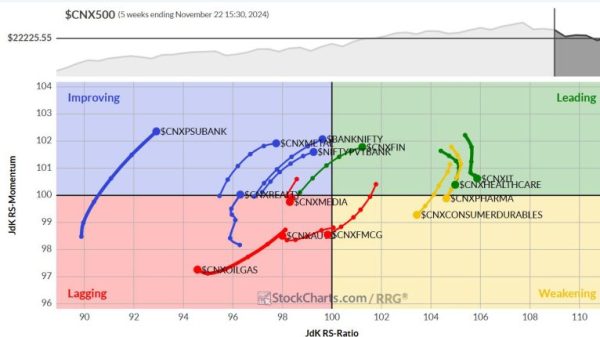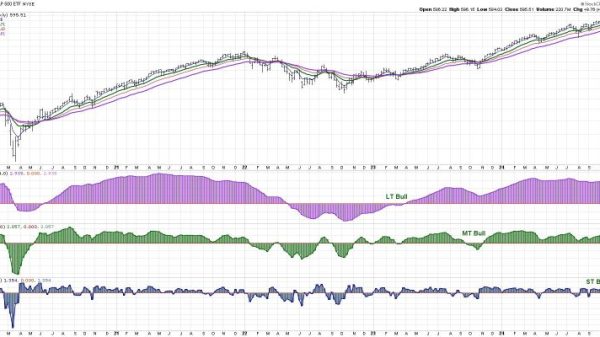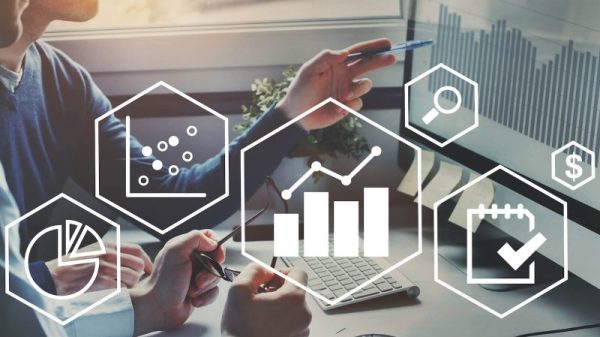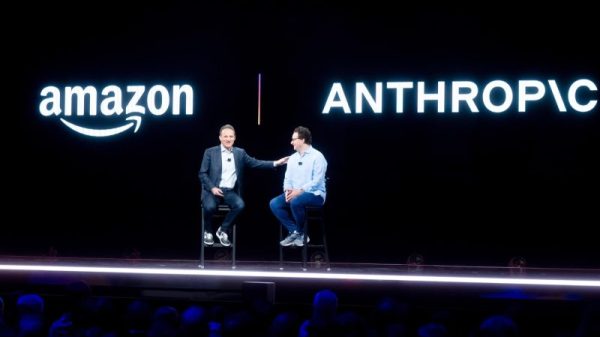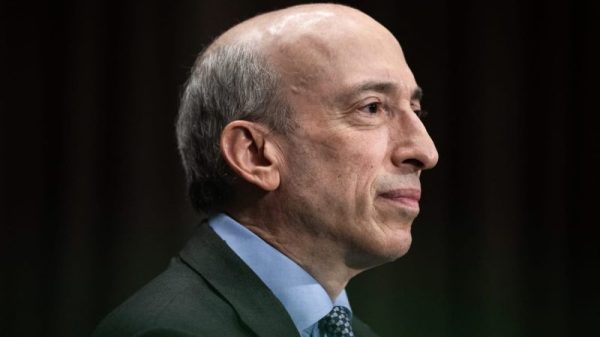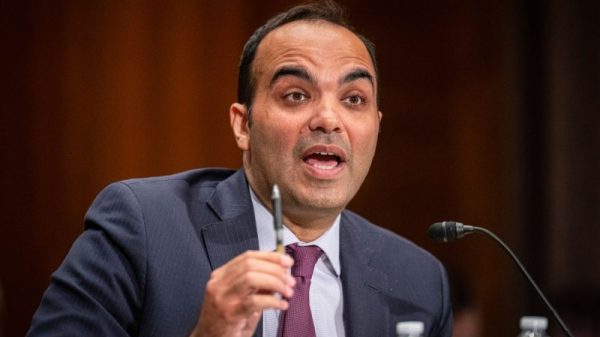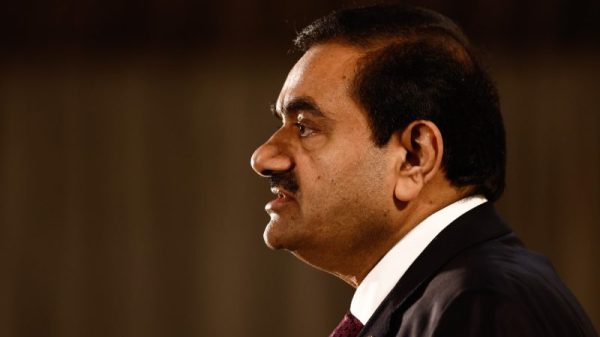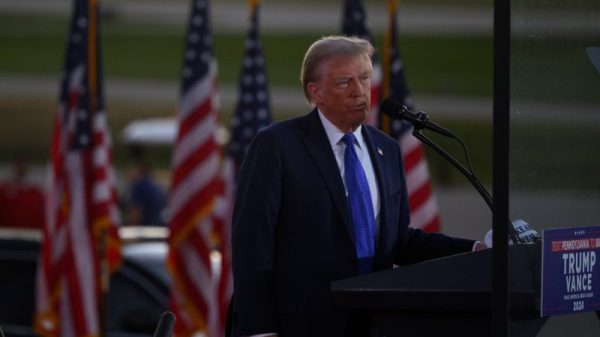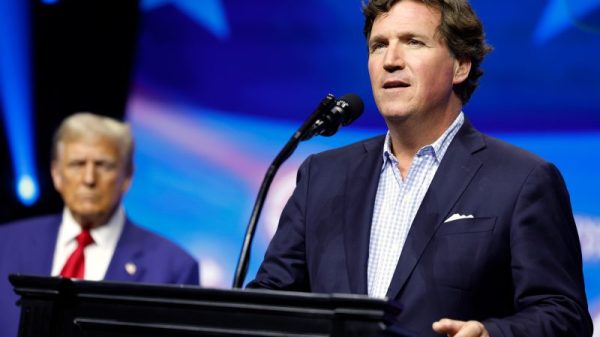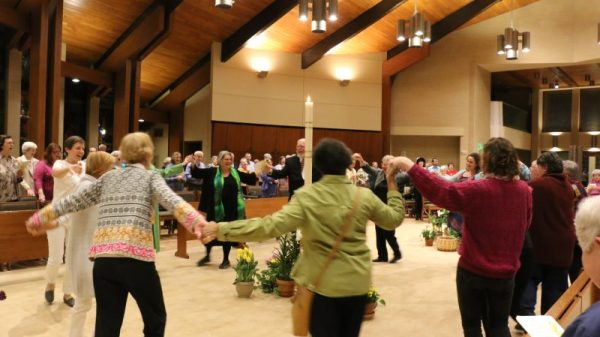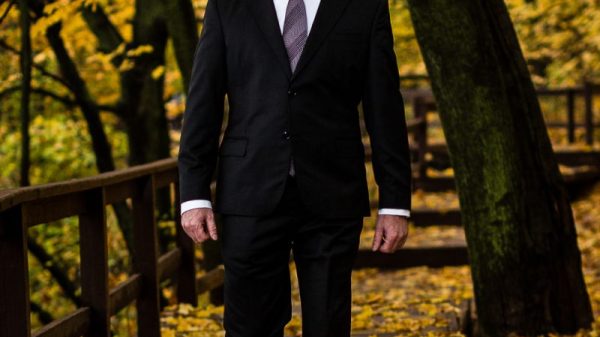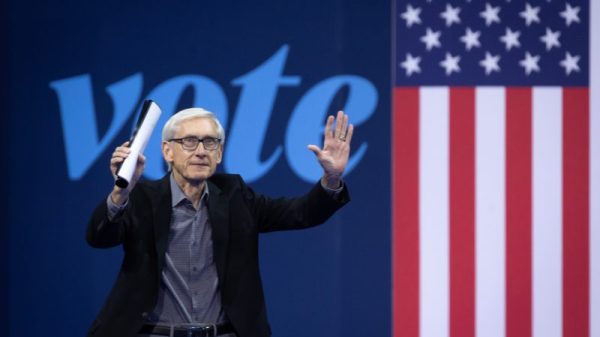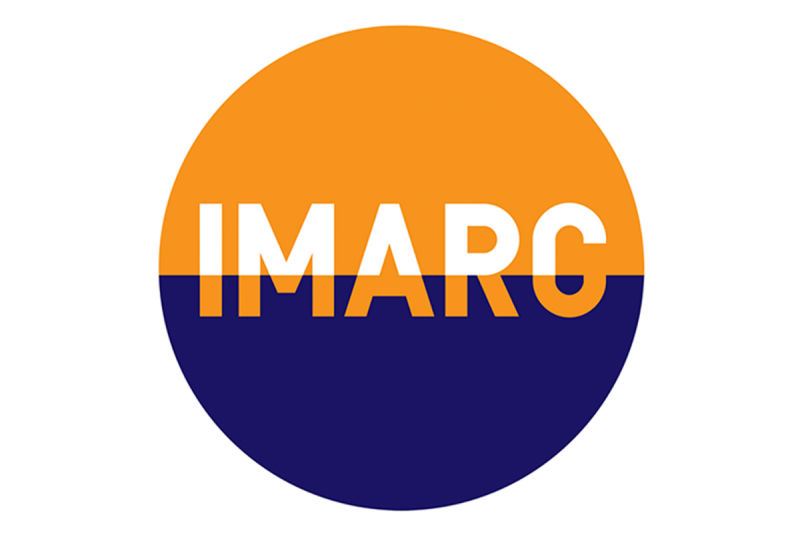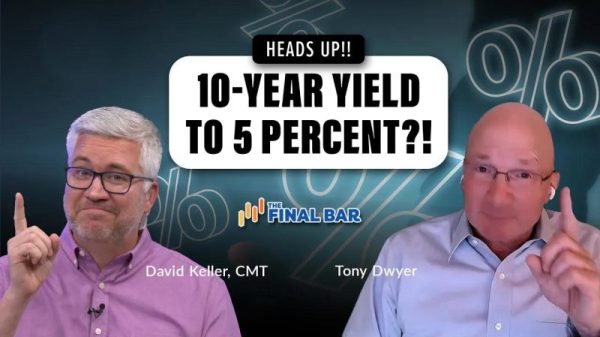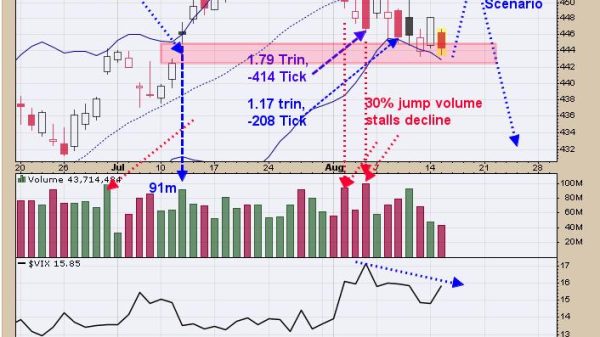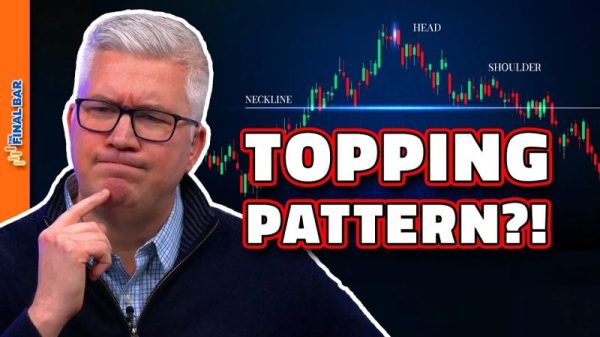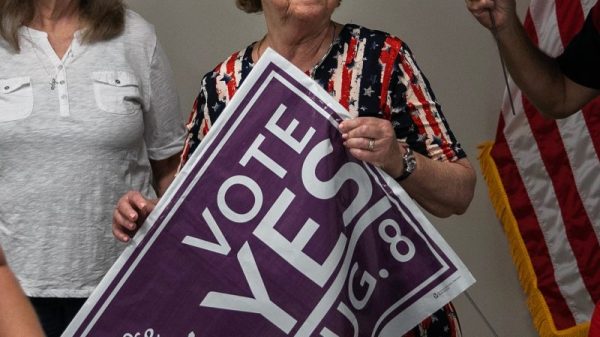Mongolian mining industry and government leaders will be part of a powerful international presence at this year’s IMARC event in Sydney, Australia. Dr Battsengel Gotov, Mongolian National Mining Association chair, speaks here with Beacon editor Richard Roberts in what is a pivotal year for the country’s economy and mining sector.
Dr Gotov (pictured right), CEO of Mongolian Mining Corporation since May 2010, received a master’s degree in science and a PhD in organic chemistry from Comenius University in Slovakia. He started working as an assistant professor at the university before entering the brewing industry and then moving into mining.
Richard Roberts: You have been involved in Mongolia’s mining industry for about 20 years. What makes you more optimistic than pessimistic today about the future prospects for the industry?
Battsengel Gotov: Mongolia’s mining industry has always been the backbone of our country’s economy, and over the past two decades we witnessed its growth and transformation in remarkable ways. I am very confident that the mining industry will continue to play a vital role in Mongolia’s economy in the foreseeable future. The global demand for critical minerals is increasing sharply in connection with the green transition, which opens to Mongolia a unique opportunity to emerge and establish itself as a key player in the global supply chain. International cooperation and trade will be boosted if Mongolia will be able to unlock its potential by developing copper, rare earth elements, uranium and other mineral deposits.
Moreover, Mongolia’s government is putting a stronger emphasis on geological survey work required to better understand the potential mineral resources prospects in the country. This shall serve as a base for future discoveries and investments in the sector.
Another key reason for my optimism is the gradual but consistent resolution of infrastructure challenges. During the last decade the country has managed to advance step by step multiple infrastructure projects. I believe that such progress will allow easier access for export products from Mongolia to China and other international markets as well. This logistical advantage is crucial for maintaining our competitiveness on the global stage.
Finally, the industry is moving towards more responsible and sustainable mining practices, which is not only reducing environmental impacts but also strengthening relationships with local communities. This shift is also an important factor to attract growing interest from international investors, who became extremely sensitive to ESG metrics as one of key investment criteria as well.
Sure, there will always be challenges, but resilience and adaptability, combined with focus on critical minerals, infrastructure development, and responsible business practices, will be instrumental drivers for the future of the mining industry.
Richard Roberts: I understand you have a chemical science background. You entered the mining industry not too long after you got your PhD. What are the most compelling/positive messages you can convey to Mongolia’s youth about the future of the mining industry in the country, and the future prospects for them?
Battsengel Gotov: My journey from chemical science to the mining industry has shown me how deeply connected these two areas are. They’re not separate worlds at all.
If I were to give a message to Mongolia’s youth it would be that the future of our mining industry hinges on sustainable and innovative practices. However, one of the big challenges I’ve faced is the gap between what our workforce is trained for and what the industry actually needs. This experience has underscored the importance of aligning our workforce preparation with the demands of the industry, rather than producing graduates in fields where there are fewer opportunities.
For young professionals this means there are significant opportunities in areas critical to the future of mining, like environmental management, digitalisation, and compliance with safety and environmental regulations. These fields not only offer great career prospects but also provide the chance to make a real impact on the sustainable development of our country. Moreover, the new generation of industry personnel in Mongolia is increasingly fluent in the international language of mining. This capability enables them to play a significant role in managing investors’ activities responsibly and consistently from the very beginning.
The mining industry is evolving, and it needs people with the right skills to drive this change. If Mongolia’s youth can align their education and training with what the industry really needs, they won’t just be entering the workforce, they’ll be leading and innovating within it.
Richard Roberts: Do you expect this year to be the pivotal point in relation to Mongolia’s mining/investment law – the regulatory landscape – or do you see that changing further into the future?
Battsengel Gotov: This year is important for Mongolia’s regulatory landscape, particularly with the recent election of a new parliament. Our primary focus is on ensuring that the regulatory environment remains stable and predictable, which is crucial for attracting and retaining investment. Members of the new coalition government will be attending this year’s IMARC to emphasise our commitment to consistency and transparency within the legal framework. While there may be gradual improvements and updates to the laws in the coming years, the key message is that we are committed to maintaining a stable environment that investors can rely on. This approach will support long-term growth and sustainability in Mongolia’s mining sector.
Richard Roberts: I note the association’s recent comments about its priorities for 2024-25, including improving foreign cooperation and attracting foreign/other investors. What steps are you taking on these fronts?
Battsengel Gotov: For 2024-25, we’re really focused on boosting Mongolia’s presence in the global mining community and attracting sustainable long-term investments. To step up our foreign cooperation, we’re actively connecting with international mining associations like those in Canada and Chile to share knowledge and learn from each other. We’re also working on setting up more bilateral agreements to make cross-border collaboration and investment easier.
When it comes to attracting foreign investors, our top priority is making our regulatory environment more transparent and stable, because we know that’s key to building investor confidence. We’re also highlighting Mongolia’s rich resource base and the potential for new discoveries at events like IMARC and Mongolian Mining Week. These events will showcase projects looking for new investments and are great opportunities to demonstrate what our industry has to offer.
Participation of our member organizations will be significant, reinforcing the strong interest and involvement of our industry in these initiatives. By strengthening our relationships with global partners and ensuring a favourable investment climate, we’re aiming to bring in the kind of investment that will fuel sustainable growth in our mining sector.
Richard Roberts: What are the core messages you will bring to the IMARC event in Sydney in October and who will they be aimed at?
Battsengel Gotov: At the IMARC event in Sydney our main message will be about the incredible opportunities and partnerships that Mongolia has to offer. Mongolia is set to become a key player in the global mining sector, especially in supplying the critical minerals needed for the world’s transition to green energy. We’ll emphasise that Mongolia isn’t just rich in resources—we’re also deeply committed to sustainable and responsible mining practices.
One of our key focuses right now is advancing geological surveys to better understand and tap into our vast mineral wealth. By investing in these surveys we’re not only identifying new opportunities for discovery but also demonstrating our commitment to providing accurate and reliable data to potential investors and partners.
Additionally, our advantage in solving infrastructure problems step by step and our strategic proximity to China, the world’s largest importing country, enable us to supply minerals at a low cost and short distance. This logistical edge is crucial for our competitiveness.
Our message is clear: we’re open for business and eager to connect with investors, mining companies, and technology providers looking to tap into emerging markets. We’re seeking partners who share our vision of long-term sustainable growth. We’ll also highlight the progress we’ve made in building a stable and transparent investment environment, which is essential for creating strong, mutually beneficial relationships with our international partners.
Richard Roberts: The association’s CEO Erdenetuya Ganbold said recently: “One of the major challenges confronting the mining industry in our country is the disparity in stakeholder understanding and the insufficient accessibility and transparency of information about the mining industry. As our association believes that the solution to these problems is responsible mining, we focused on localizing and promoting responsible mining within the industry. To achieve this objective, we have examined the experiences of associations in highly developed mining countries like Australia and Canada. Since 2018, we have developed the Responsible Mining Code and introduced it to approximately 40 organizations within the mining sector.” Firstly, can you please talk about the code … What are its primary aims? What is it based on?
Battsengel Gotov: The Responsible Mining Code was created because we recognised the need for a more consistent and transparent approach to mining in Mongolia. The goal is simple: to ensure that mining operations are socially, environmentally, and economically responsible. We took inspiration from international best practices, especially from countries like Australia and Canada, which have strong frameworks for responsible mining. However, we didn’t just copy and paste. We adapted these practices to fit Mongolia’s unique situation, focusing on aspects like environmental care, engaging with local communities, and ethical business practices.
The code acts as a guide for our members, helping them align with global standards while also addressing local challenges. By promoting responsible mining we’re aiming to build trust with stakeholders, minimise environmental impact, and ensure that the benefits of mining are shared fairly across society.
Richard Roberts: What are some of the tangible/visible outcomes from the introduction of the Responsible Mining Code that you’ve seen so far?
Battsengel Gotov: Since we introduced the Responsible Mining Code we’ve seen real positive changes in the industry. Companies that have adopted the code are noticeably improving their environmental management practices. This includes more rigorous monitoring of their environmental impact, better waste management, and more effective land reclamation efforts. It’s clear they’re taking these responsibilities seriously.
We’ve also seen a significant increase in community engagement. Mining companies are now more proactive in involving local communities in their decision-making processes, ensuring that their voices are heard and their concerns are addressed. This has been a game-changer in building stronger relationships with the people directly affected by mining activities.
Another big win is the increased transparency in reporting and operations. This has gone a long way in building trust between mining companies and stakeholders, including local communities, government agencies, and investors. These outcomes show that the Responsible Mining Code isn’t just a set of guidelines, it’s a catalyst for meaningful change in Mongolia’s mining industry.
Richard Roberts: What next steps might you take with this code, or what additional steps need to be taken (if any) in an evolutionary sense?
Battsengel Gotov: As we continue to promote and refine the Responsible Mining Code, our focus now is on expanding its adoption and weaving it more deeply into the fabric of Mongolia’s mining industry. We’re particularly eager to see more companies, especially smaller and emerging ones, embrace the code’s principles.
Looking ahead, we’re excited about the adoption of the Towards Sustainable Mining (TSM) initiative by our board members, which is set to begin next year. This is a big step forward as TSM provides a solid framework for sustainability, boosting accountability and transparency across the mining sector. The adoption of TSM will be a significant milestone, raising the bar for responsible mining practices in Mongolia.
We’re also exploring ways to strengthen the monitoring and enforcement mechanisms associated with the code to ensure it’s applied consistently and rigorously across the industry. As we move forward we’re considering how the code can evolve to tackle new challenges, such as integrating renewable energy into mining operations and managing critical minerals. As the industry changes, so too must our approach to responsible mining, ensuring it stays relevant and continues to promote sustainable development effectively.
Richard Roberts: Mining Week 2024 in October will be the third time this event has been held. How has it evolved in that time (reflecting change in the industry)?
Battsengel Gotov: Mining Week has really grown since it first started, evolving alongside Mongolia’s mining industry. What began as a straightforward event to showcase the country’s mining potential and attract investment has expanded into something much bigger. Now, it’s not just about bringing in investors, it’s about sustainability, innovation, and collaboration.
One of the most exciting changes this year is the addition of the MinePro event. This new segment dives deeper into the latest technologies and provides specialised industry training, making the whole week even more valuable. With this expansion, we’re seeing more international participation and a wider range of topics, from digitalisation to responsible mining practices.
What’s even more impressive is that this year, the International Mining Associations’ Roundtable Meeting and the Ambassadors’ Roundtable Meeting will be hosted during Mining Week. We’ve also extended invitations to corporate investors, capital market analysts, financial market experts, international exchanges, and metal exchanges, all with the support of embassies in Mongolia and Mongolian embassies around the globe.
Mining Week has truly become the go-to platform for discussing the industry’s biggest challenges, such as navigating regulatory changes, addressing environmental concerns and meeting the demand for skilled labour. By keeping up with the industry’s evolving needs, Mining Week, now enhanced with MinePro, has solidified its role as a key forum for dialogue, learning, and partnership, helping to shape the future of mining in Mongolia. And just a heads up—the event is happening from October 2-5, 2024.
Richard Roberts: Why is IMARC an important platform for Mongolia’s mining industry/the association?
Battsengel Gotov: IMARC is such a vital platform for Mongolia’s mining industry because it gives us incredible access to a global audience of industry leaders, investors, and innovators. For our association, being part of IMARC is a fantastic opportunity to put Mongolia’s mining potential in the spotlight, attracting interest and investment from international markets. Plus, it’s a chance for us to tap into global trends and technologies, which are crucial for keeping our industry competitive and future-ready.
What’s great about IMARC is that it also opens doors for networking and collaboration with other mining nations. We get to learn from their experiences and apply the best practices that fit our context. The event is also a perfect stage to showcase our commitment to responsible mining and sustainable development, which are top priorities for Mongolia as we strive to balance economic growth with environmental care.
By participating in IMARC, we can strengthen our international partnerships, highlight our ongoing efforts to improve the investment climate, and ensure Mongolia remains a key player in the global mining sector. Additionally, this year, members of the new coalition government will be present at IMARC to discuss how we can work consistently within the legal framework and further attract investment. It’s a clear demonstration of our commitment to maintaining a stable and transparent regulatory environment that fosters long-term growth

